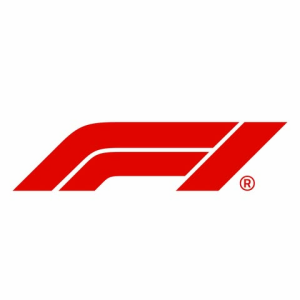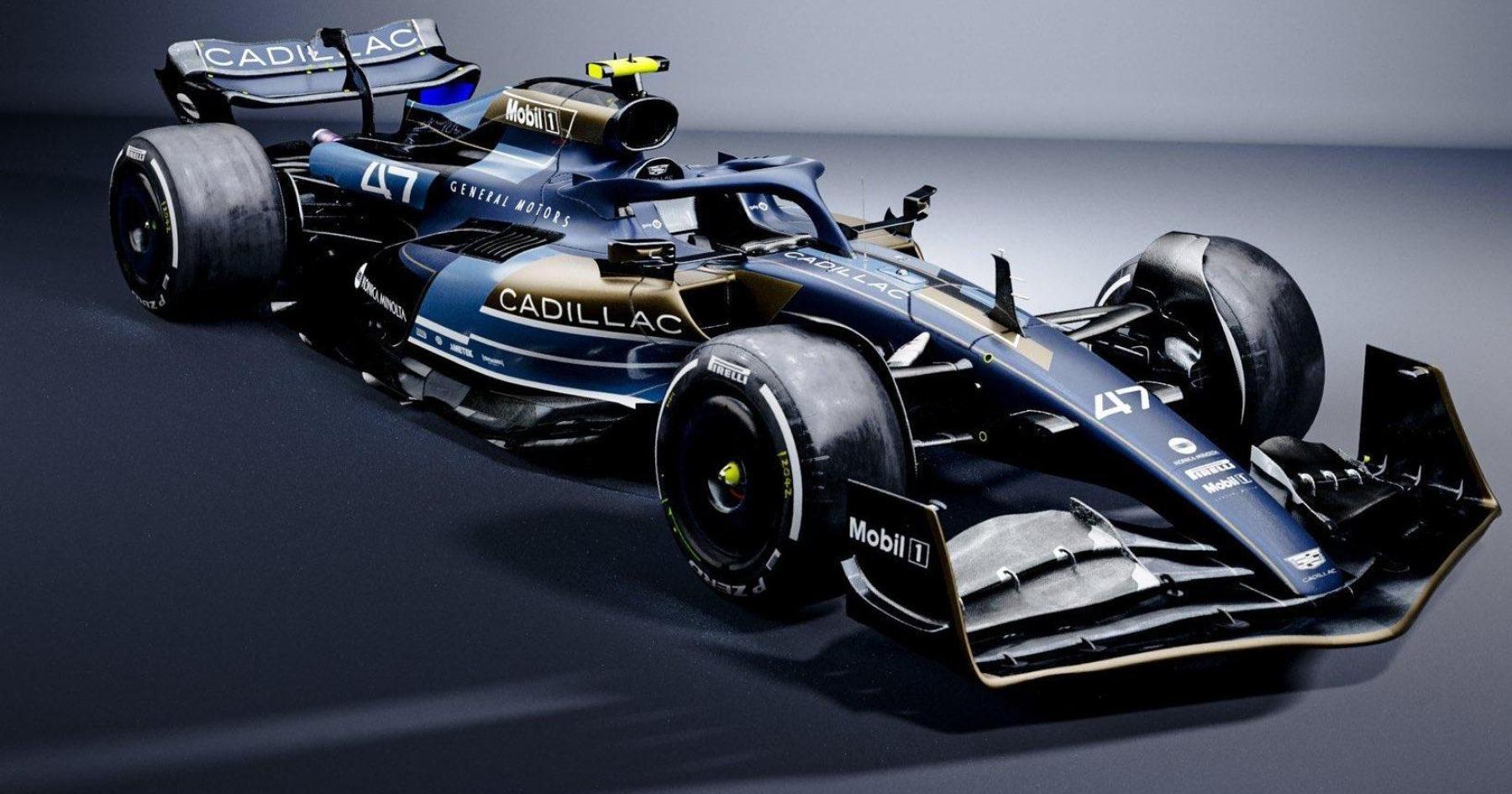01/07/2025 13:00
At its absolute peak, Project Apollo employed around 400,000
Americans in the far easier said than done goal of "landing a man
on the moon, and returning him safely to the Earth," by the end of
the 1960s. Today, just as the 56th anniversary of Neil Armstrong
and Buzz Aldrin landing their Lunar Module Eagle approaches and the
taking of their small steps, Cadillac's F1 team is preparing to
make the giant leap and join the grand prix grid. The engineering
might of Apollo is often held up as one of the greatest scientific
feats, especially when you consider humans went from their first
spaceflight in April 1961 to being gripped by the grainy TV footage
from the lunar surface just eight years later in July 1969. Much
like Cadillac's F1 project being led by former Marussia boss Greame
Lowdon, the Americans had to start from basically zero. As well as
inventing materials and new spacecraft, they also had to invent
management structures, processes, and procedures, without which
Armstrong and the other 11 men who walked on the moon wouldn't have
got anywhere near a launchpad. And as Lowdon explained to select
media including RacingNews365 during a recent behind-the-scenes
tour of its UK base at Silvestone, Apollo is Cadillac's guide to
how to build from scratch. The article continues below.
Cadillac's operation is split across four bases in the United
States and the UK. Its main base, once fully opened early next
year, will be in Fishers, Indiana, with further hubs in North
Carolina, Michigan, and at Silverstone, near to Aston Martin's
brand-new state-of-the-art factory. This Silverstone hub will
focus on technical, production and logistics centres, with the
structure of the team further complicated by the team using
Toyota's wind-tunnel in Cologne, Germany - a facility once used by
McLaren before it upgraded its own. When questioned by
RacingNews365 about the scale of the challenge in getting all of
these facilities and the near 600 personnel to communicate
effectively, Lowdon referenced how he had built his philosophy on
Apollo. "If you look at the task in hand, we've got immovable
deadlines, we've got a massive necessity for peer-to-peer
interaction, so we need engineers talking to engineers," Lowdon
explained. "We need an engineer here talking to an engineer in
Charlotte and another in Michigan, or eventually in Fishers, and so
we've looked to have a very flat management structure, and it is
highly modelled on the Apollo project. "Okay, we're not putting a
man on the moon, but it feels like it sometimes. We've leaned
heavily on the management structures that were used for the Apollo
project, and I don't know if other teams have used that before.
"Race teams are often described in military terms, and organised in
a pyramid, and you have one person at the top who issues commands,
and people do things, but when you have multiple sites, that is a
massive challenge. "We have mission control instead of command and
control, so it is a flat structure where engineers are able to talk
to each other directly, and everyone knows what the mission is.
"We've split the business into 12 distinct offices, and they all
communicate with each other, and totally geographically agnostic,
it doesn't matter where you are." The article continues below.
Meet Cadillac's F1 figures Cadillac's plan to enter F1 Despite its
complexity, Project Apollo had a rather simple management
structure. The NASA Administrator James Webb hired an engineer
named George Mueller to head up the Office of Manned Spaceflight,
with Mueller then getting Air Force General Samuel Phillips as the
Apollo program director. Everything fed into Phillips from the
Saturn V rocket to the spacesuits to the food the astronauts would
eat. Whereas this took part over the best part of a decade,
Cadillac has been operating on a far tighter schedule. From the
FIA opening the Expression of Interest period in January 2023 to
receiving formal acceptance for its bid was 764 days, leaving the
team exactly one year, minus one day, to be ready for the first
race in Australia for F1's new era on March 8, 2026. That does not
count pre-season testing, which starts with a behind-closed-doors
outing in Barcelona at the end of January. Key milestones such as
the first floor, the steering wheel and the crash tests have been
passed, each taking the team one small step closer to the ultimate
goal. As Lowdon himself states, the "proof in the pudding" of
whether this bold giant leap will be either Apollo 11 or Apollo 13,
will come on the grid in Australia on the second Sunday of March
2026. 1153107432501108736 On this day 50 years ago, Buzz Aldrin
took this photo of a beaming Neil Armstrong after their historic
lunar EVA. #Apollo11 #Apollo50 pic.twitter.com/ewK9m5beZq —
National Air and Space Museum (@airandspace) July 22, 2019



